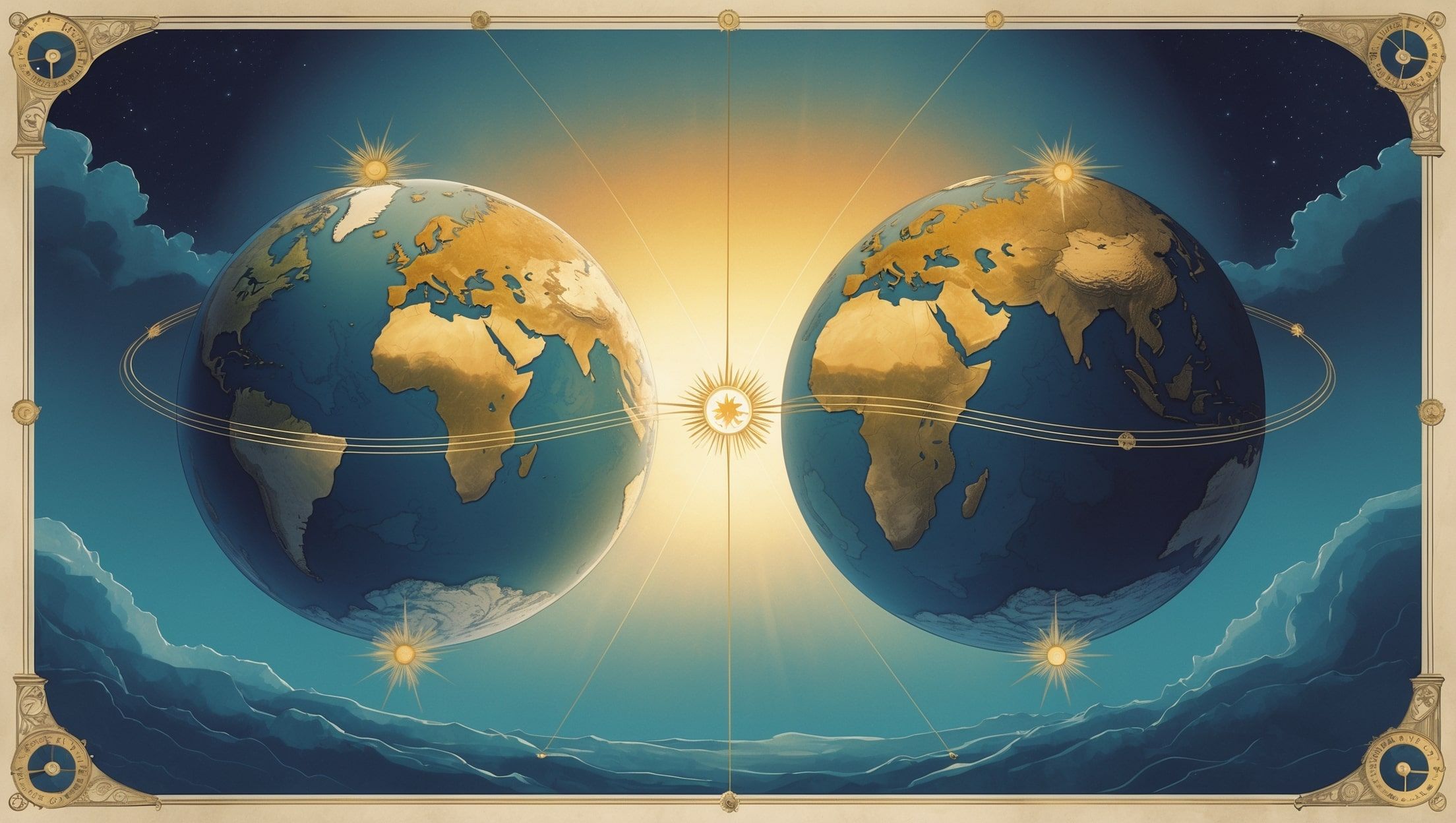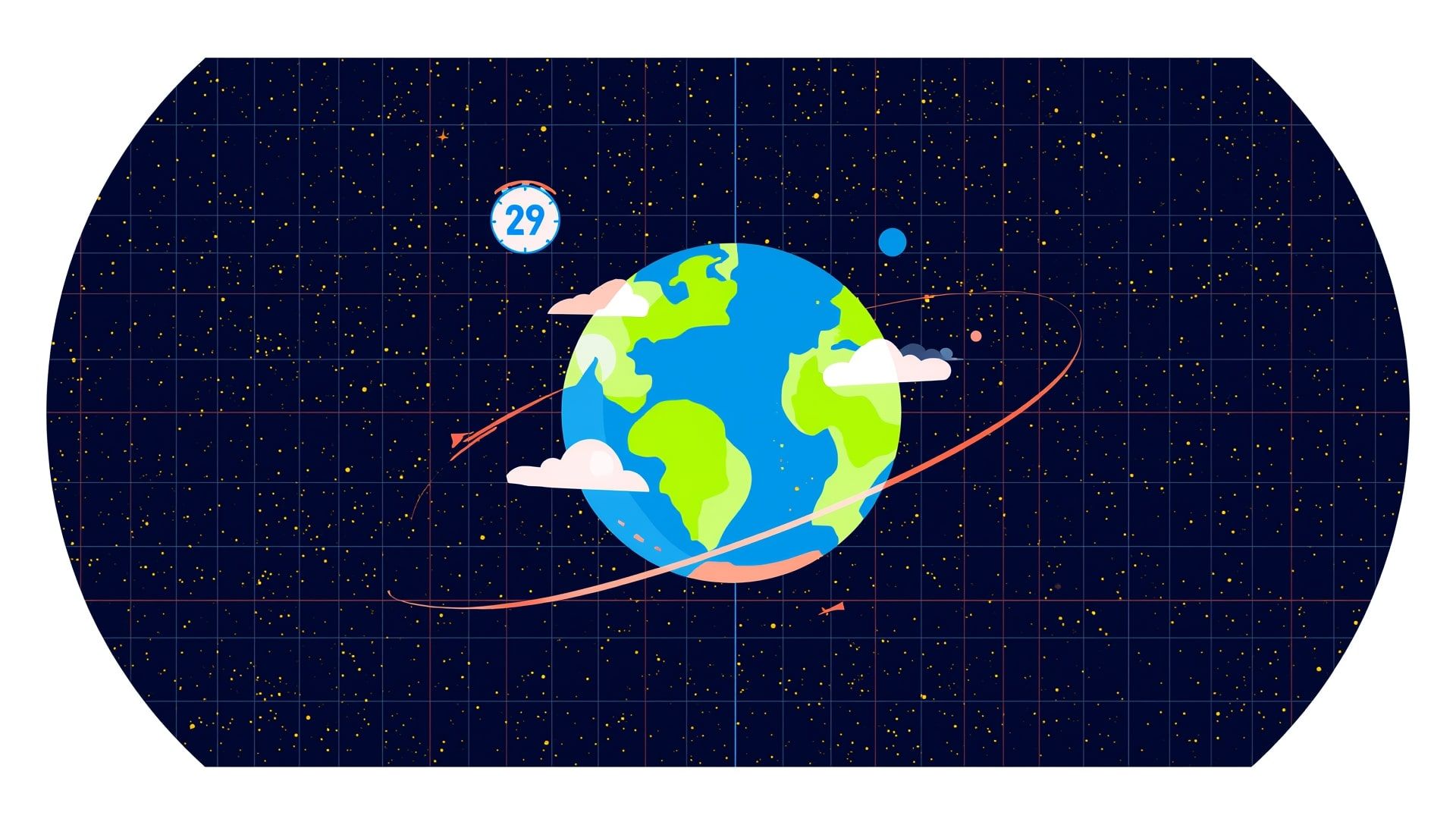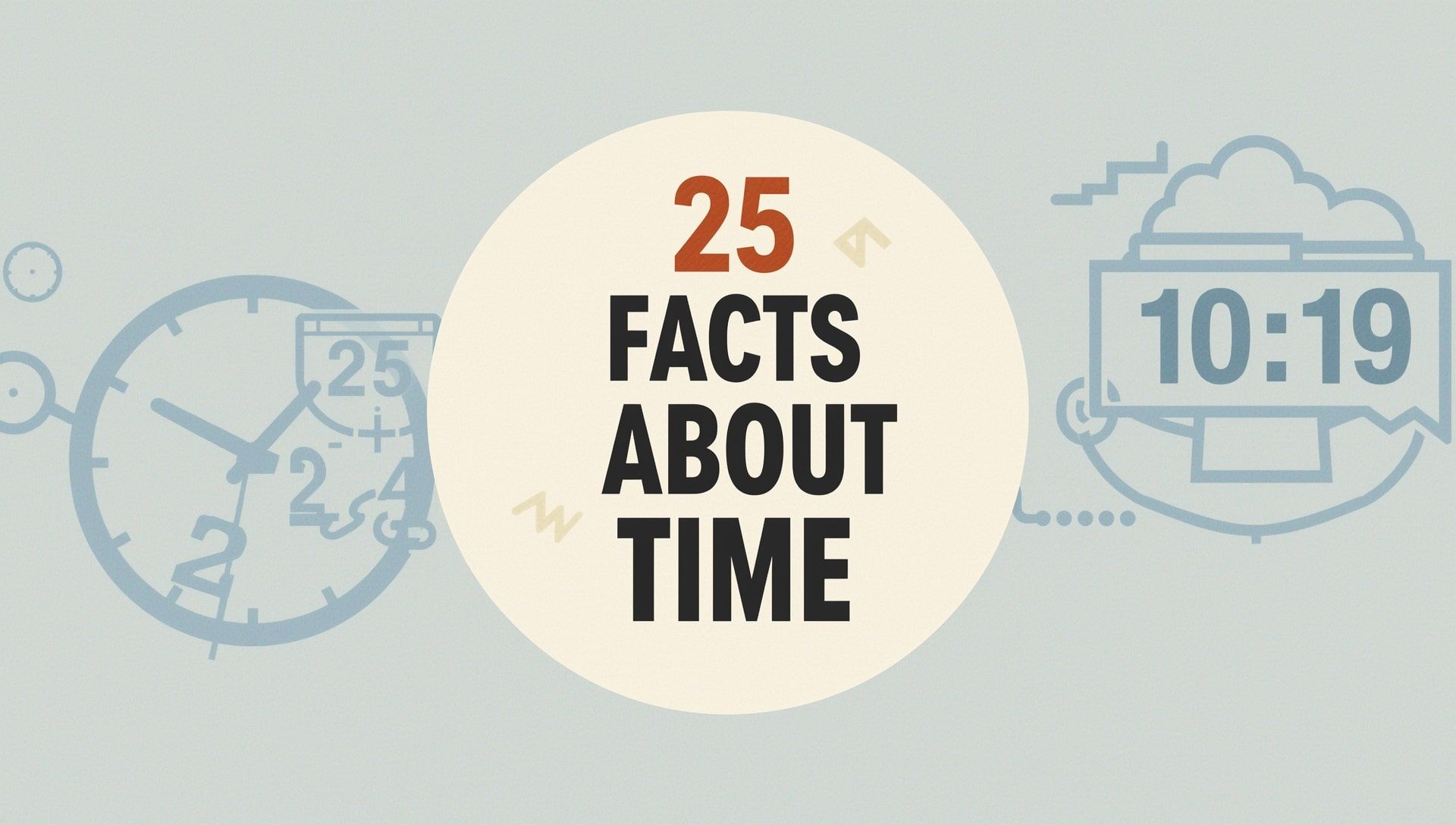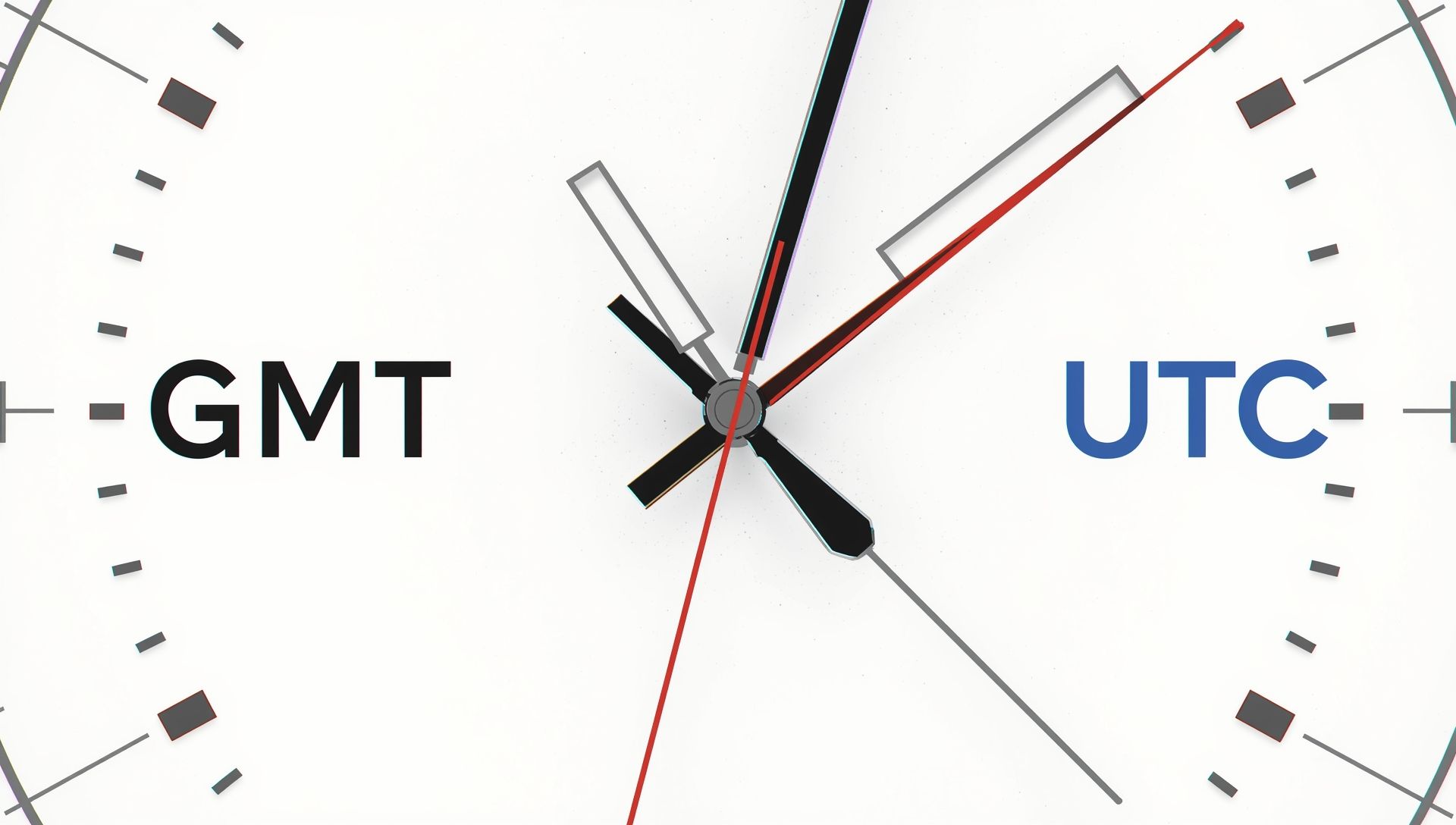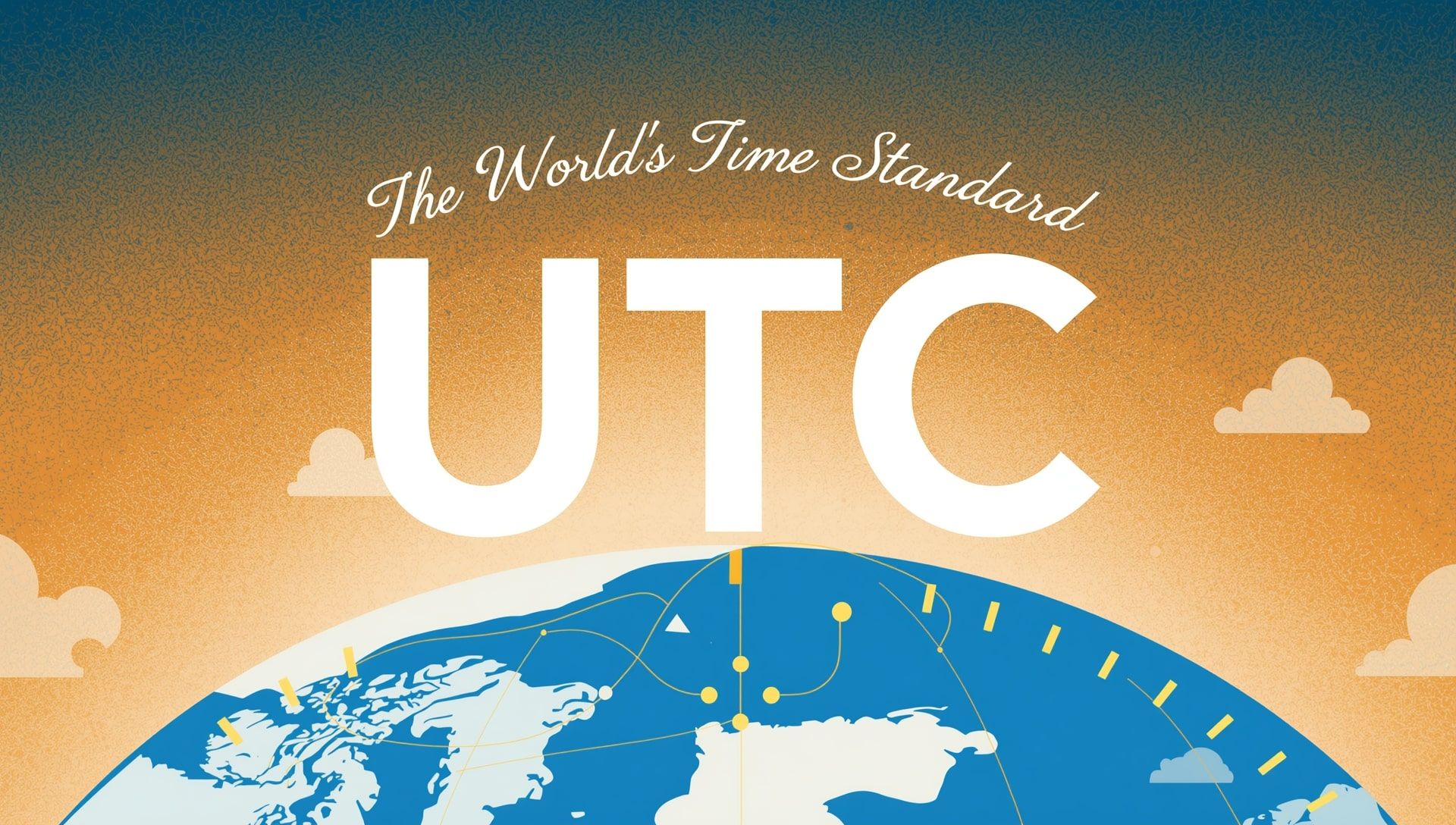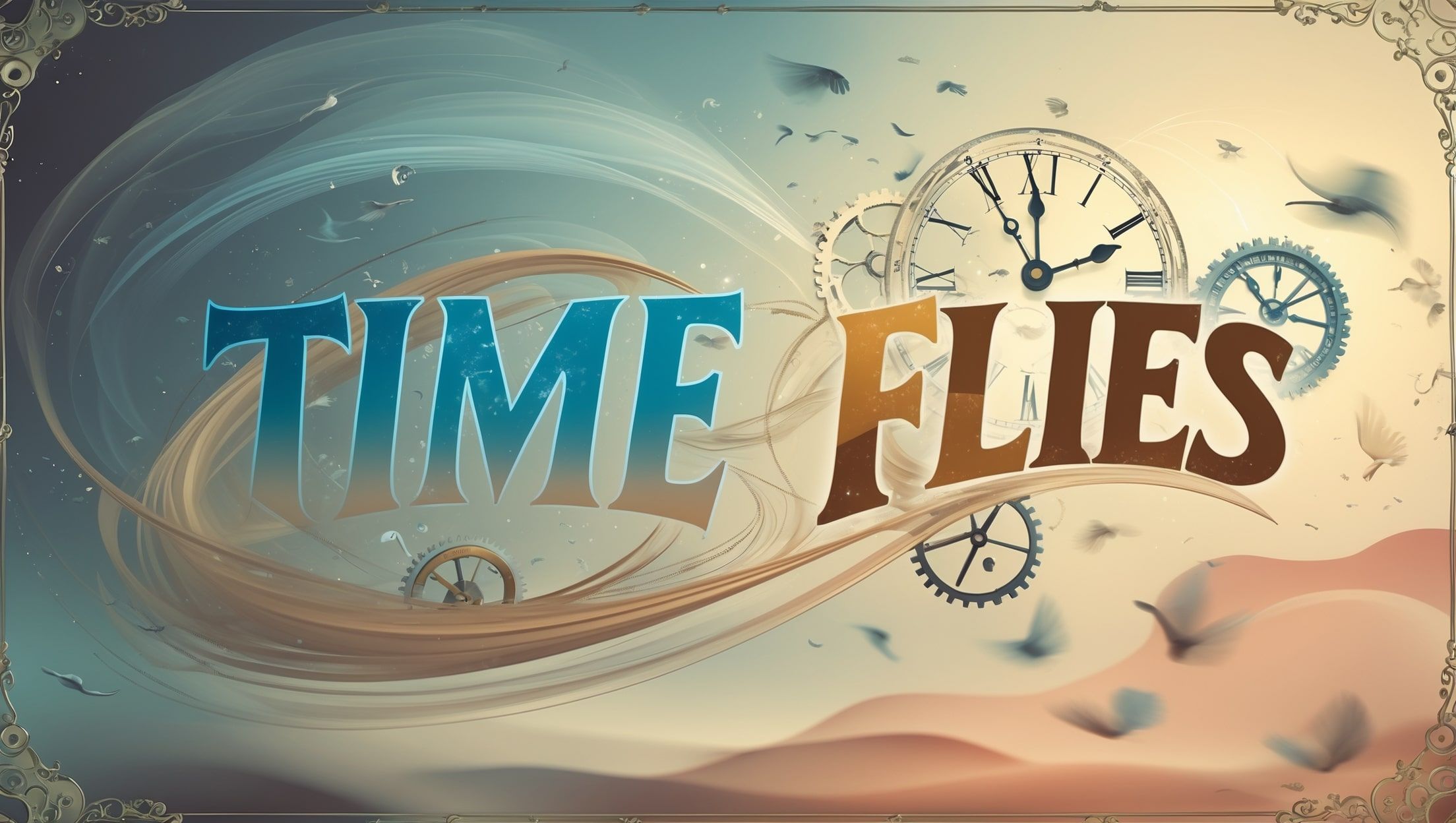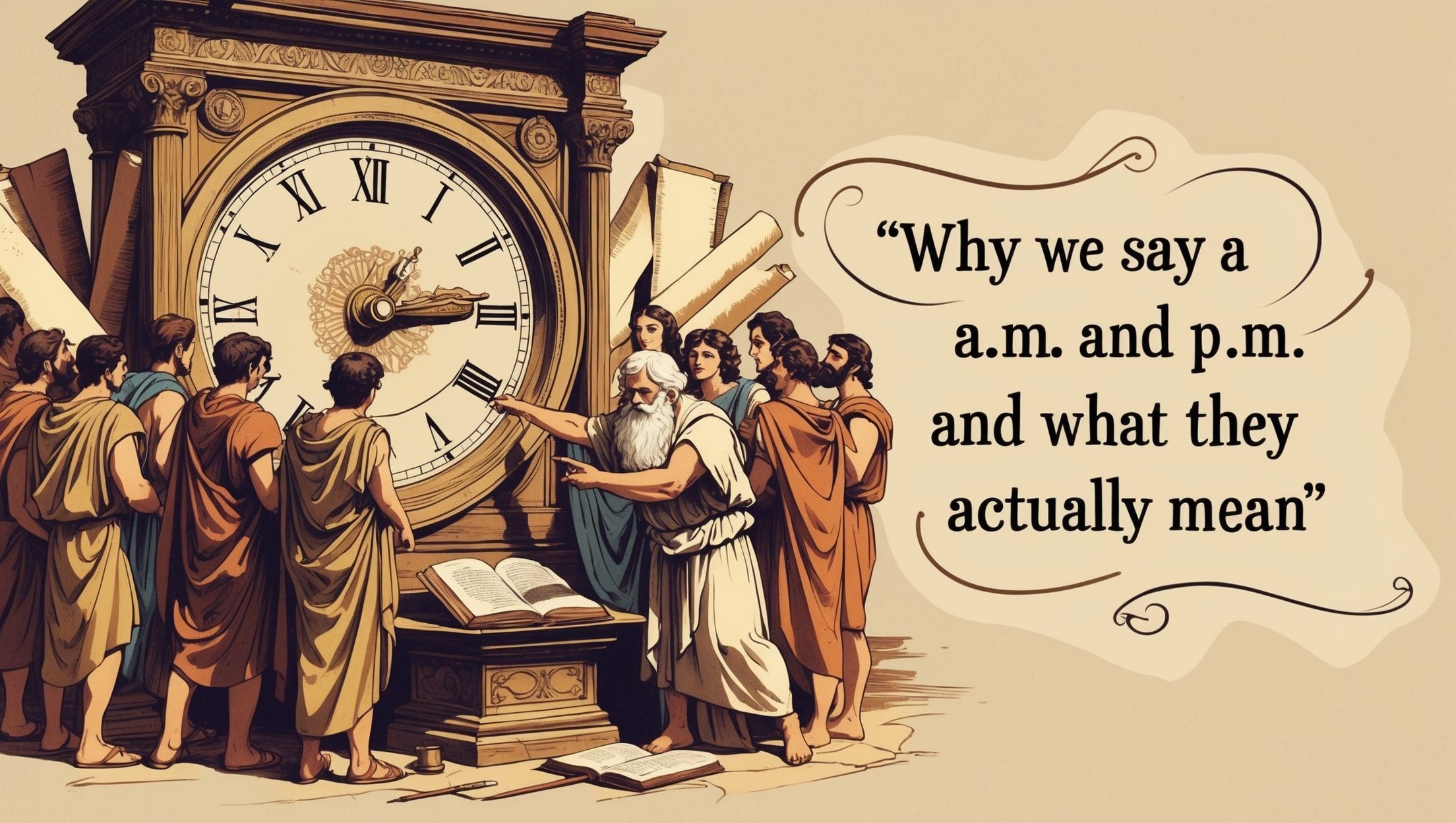Twice a year, the Sun stands still. Not literally, of course, but that’s how it appears from Earth. These moments mark the solstices. Then there are the equinoxes, when day and night share the sky in near-perfect balance. They're not just pretty moments to snap a photo, they’ve shaped how we count our days, our seasons, and even our years, a rhythm that defines the calendar we use today.
What Are Solstices and Equinoxes, Exactly?
Solstices happen when Earth tilts as far as it can toward or away from the Sun. This tilt gives us the longest and shortest days of the year. The June solstice brings the longest daylight in the Northern Hemisphere. December flips the script, making the night linger longer than the day, one reason daylight saving time adjustments feel different across seasons.
Equinoxes are the middle ground. They show up around March and September, when Earth’s tilt is neutral relative to the Sun. Day and night are nearly equal in length all over the globe. These four events slice the year into seasons: spring, summer, autumn, and winter, providing a framework for how time zones and seasonal cycles stay connected worldwide.
How Ancient Cultures Turned the Sky into a Clock
Thousands of years ago, people built monuments to mark the solstices. Stonehenge, for example, lines up with the summer solstice sunrise. Ancient Egyptians timed the rising of the Nile with the summer solstice too.
Why did this matter? It helped people know when to plant, harvest, hunt, and rest. They didn’t have digital clocks or Google Calendars, instead, the sky served as their world clock. Solstices and equinoxes became the natural punctuation marks of the year.
Why These Events Still Run Our Calendars
Even with satellites and atomic clocks, we still lean on the old rhythms. Our calendar is a solar calendar. That means it's based on Earth’s orbit around the Sun. And Earth doesn’t orbit in perfect 24-hour chunks. A full trip takes about 365.24 days. That’s why we sneak in a leap year every four years, a system fine-tuned by IANA time zone standards and international cooperation.
Without solstices and equinoxes, our months would slowly drift away from their seasonal spots. July might eventually fall in winter. December could bring tulips. These celestial markers help reset the clock so that time stays in sync with nature, forming the backbone of military time standards and civil schedules alike.
How They Shape Timekeeping Today
Here’s where things get interesting. The solstices and equinoxes don't fall on the same day every year. That’s because Earth’s orbit is a bit wobbly, and our calendar has to adjust for that.
Modern timekeeping systems use these seasonal markers in subtle but crucial ways. Coordinated Universal Time stays aligned with solar time by adding leap seconds now and then. That adjustment helps atomic time match the movement of Earth, which isn’t perfectly steady, a balance between science and sunlight.
Seasonal Markers That Touch Our Lives
- School schedules: In many places, the academic year starts in late summer and ends in spring, both based on equinox proximity.
- Religious holidays: Easter, Passover, and others tie their dates to equinox-based lunar calendars, much like ancient religious timekeeping traditions.
- Daylight saving time: Many regions shift clocks in March and November, near equinoxes, to optimize daylight hours, echoing the logic of seasonal events that depend on light.
- Fiscal calendars: Some companies begin their financial year based on seasonal business cycles rooted in agricultural timing.
- Cultural festivals: Think solstice bonfires, harvest festivals, or Nowruz (Persian New Year); they’re synced to the solar calendar, much like the ancient timekeeping systems they descend from.
A Calendar Written in Sunlight
Timekeeping isn’t just about hours and minutes. It’s about staying rooted to the cycle of light and shadow that governs life on Earth. Solstices and equinoxes don’t just split the seasons, they give rhythm to our years and meaning to our calendars, tying our sense of time directly to the movement of our planet.
Next time you notice the Sun setting late into the evening or disappearing early in the afternoon, you’ll know the planet is doing what it always does. Tilting, spinning, orbiting. And we’re all counting time by the light it gives or takes away, just as humans always have.
